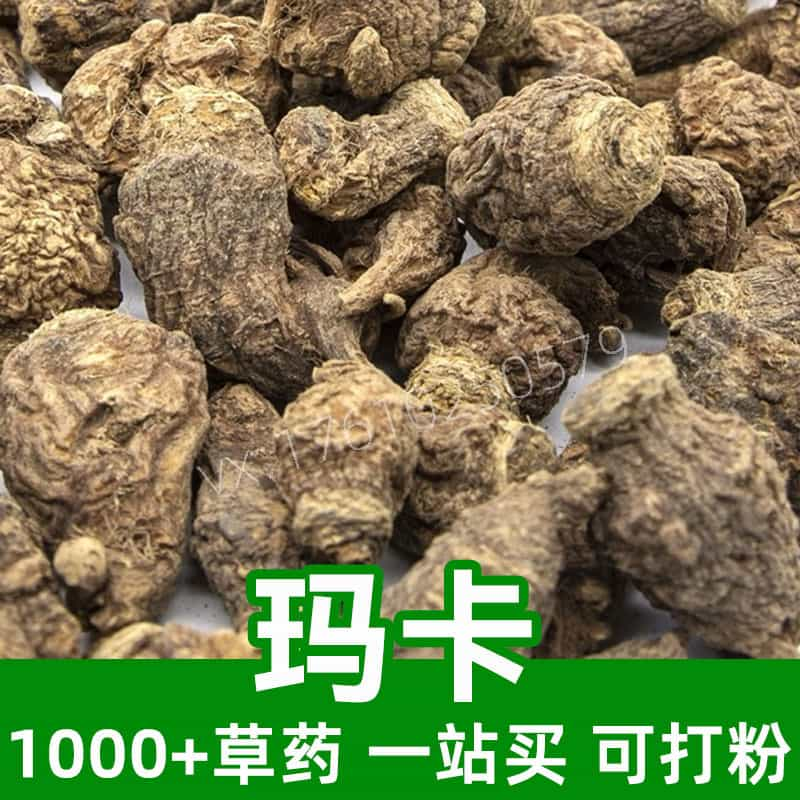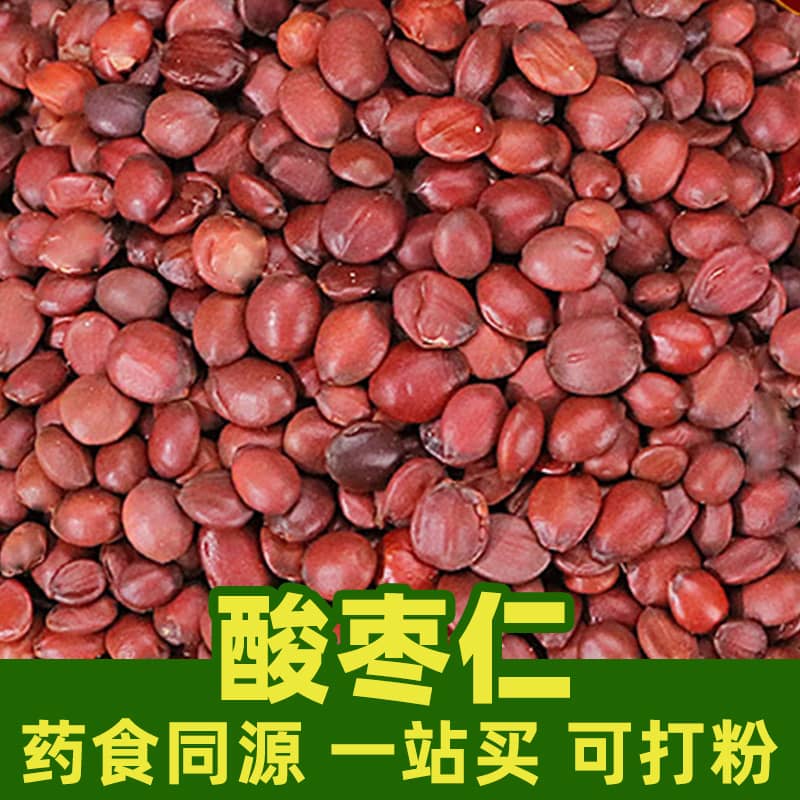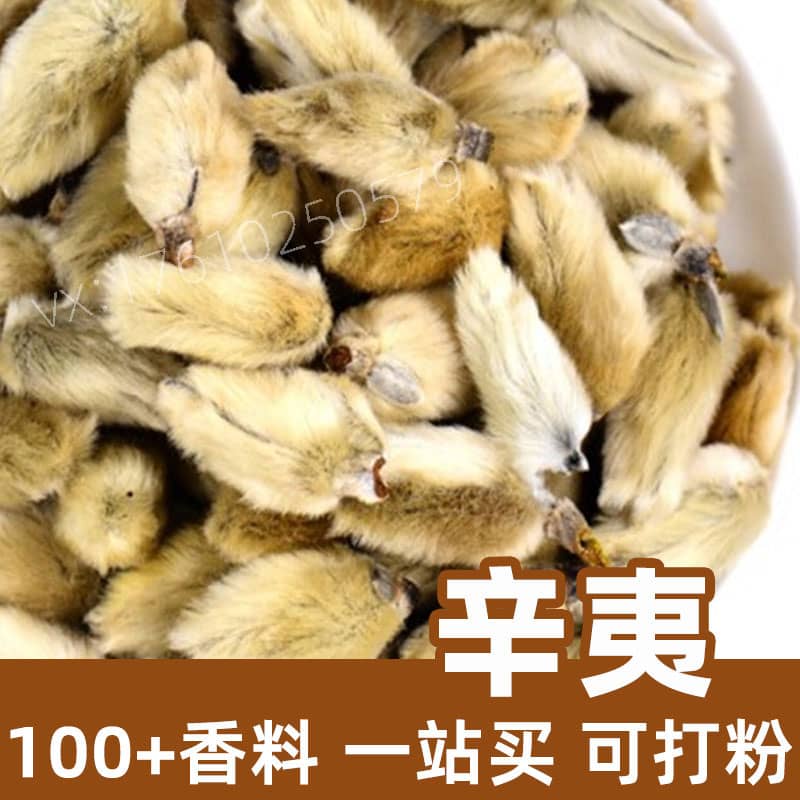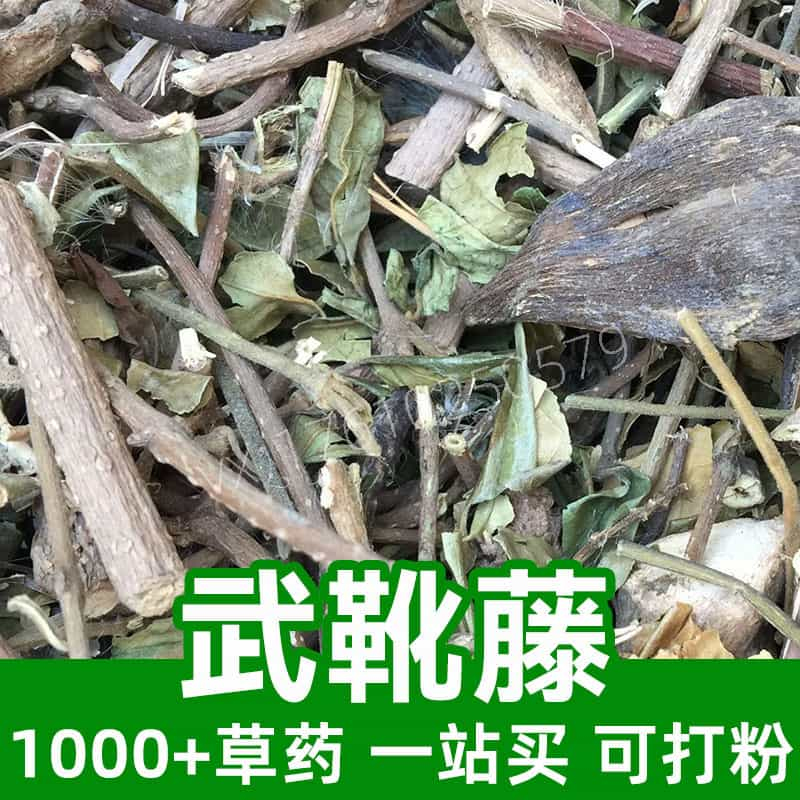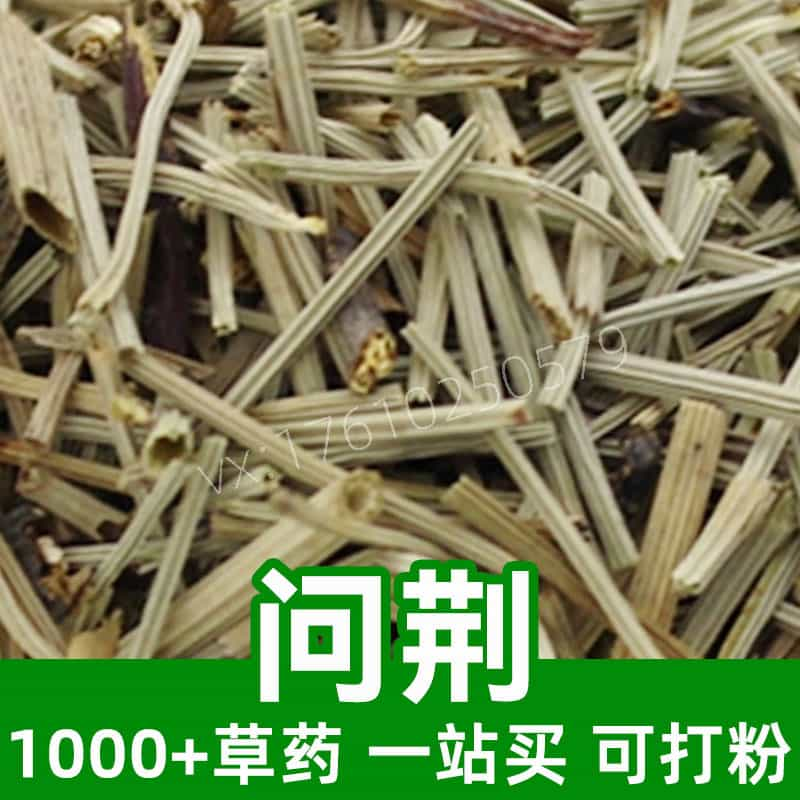Product Introduction
Natto is a traditional Japanese food made from fermented soybeans, renowned for its unique texture and profound health benefits. The fermentation process involves soaking and steaming soybeans, then inoculating them with the bacterium Bacillus subtilis, which is crucial in giving natto its characteristic stickiness and aroma. Originating in Japan for over a thousand years, natto has become a staple in Japanese diets, often enjoyed with rice or as a topping for various dishes.
Rich in protein and essential nutrients, natto is increasingly recognized for its potential health-promoting properties, particularly due to its probiotic content and other bioactive compounds. As an essential food in the TCM realm, natto is said to nourish the Spleen and Stomach channels, making it a suitable choice for those seeking to enhance digestion and overall health. Its umami flavor makes it a versatile ingredient, suitable for a range of culinary applications. Natto can be consumed fresh or used in cooking, offering a distinct taste and nutritional profile that appeals to both traditionalists and modern-day health enthusiasts.
Main Active Ingredients
Natto is prized for its rich array of active components, including high-quality proteins, vitamins, and bioactive substances produced during fermentation. One of the primary active ingredients is nattokinase, an enzyme that stands out for its potential health benefits. Nattokinase is known for its fibrinolytic properties, which may assist in supporting cardiovascular health.
Additionally, natto is an excellent source of vitamin K2, particularly in the form of menaquinone, which plays a crucial role in bone metabolism and cardiovascular functions by regulating calcium deposition in the body. Nattokinase's interaction with vitamin K2 helps to enhance its therapeutic effects by supporting healthy circulation and bone density.
Further adding to its appeal, natto is rich in probiotics, particularly beneficial strains of Bacillus subtilis, contributing to digestive health and enhancing gut flora diversity. These probiotics can support the immune system, promote nutrient absorption, and may aid in maintaining overall gastrointestinal well-being. The fermentation process also produces various peptides and iso-flavones, known for their antioxidant properties, which can offer protection against oxidative stress.
In summary, the combination of these functional compounds—nattokinase, vitamin K2, probiotics, and bioactive peptides—makes natto a nutritionally-rich food with significant health-promoting attributes that align with traditional and modern wellness practices.
Product Application Scenarios, Usage, and Dosage
In traditional Chinese medicine, natto's therapeutic applications are primarily linked to its nourishing properties, particularly in promoting healthy digestion. Often considered a 'Spleen tonifier', natto is thought to help enhance digestive function and nutrient absorption. Consumed in moderation, natto can be an integral part of a balanced diet, typically taken in the morning or as part of a meal.
In culinary applications, natto can be incorporated into various dishes, including rice bowls, sushi, or directly consumed with condiments such as soy sauce, mustard, or scallions to enhance its flavor. The unique taste can complement many other foods, making it a versatile ingredient in both traditional Japanese dishes and modern health recipes.
The recommended serving size for natto typically ranges between 50-100 grams per day, depending on individual dietary needs and health goals. Various studies suggest that regular consumption of natto, around two to three times a week, can maximize health benefits, particularly in relation to cardiovascular health due to its nattokinase content and vitamin K2 levels.
Whether for its culinary appeal or nutritional value, natto is increasingly appreciated worldwide as a functional food. However, those consuming natto for its potential health benefits should consult with a healthcare provider, particularly if they are on anticoagulant medications, due to its vitamin K content.
Introduction to the Source Plant, Distribution, and Growth Environment
Natto is produced from whole soybeans (Glycine max), a leguminous plant native to East Asia. Soybeans are cultivated in a variety of climates, typically thriving in warm and temperate regions, with substantial production found in countries such as the United States, Brazil, and of course, Japan. Soybeans require a conducive environment that includes well-drained, fertile soil and sufficient precipitation, making them well-suited for many agricultural areas.
The growth cycle of soybeans begins with planting seeds, which then germinate and grow into plants that can reach heights of about one meter. Soybeans are generally planted in late spring and are harvested in late summer to early fall. The cooling temperatures and adequate moisture lead to optimal harvest times for maximizing yield and quality.
In Japan, specific strains of soybeans are favored for natto production due to their distinct flavor and suitability for fermentation processes. The region of production is key; for traditional natto, soybeans are often grown in areas with a long history of fermentation practices. This cultural aspect further enhances the significance of natto, as it is integrated into centuries of culinary tradition.
After harvesting, the beans undergo processing for fermentation, which involves steaming and inoculating them with Bacillus subtilis before being stored in a controlled environment to achieve optimal fermentation conditions. This cultivation and production process, from seed to plate, emphasizes the relationship between environment, agricultural practices, and the health benefits associated with natto.
Harvesting, Processing, and Storage
The process of producing natto begins with careful harvesting of mature soybeans, which must be of high quality for effective fermentation. Once harvested, the soybeans are cleaned and prepared for cooking. The initial step is soaking the soybeans in water for several hours, typically overnight, allowing them to absorb moisture and swell to ensure tenderness during cooking.
Following soaking, the beans are steamed rather than boiled, as steaming helps preserve the integrity of the beans while also enhancing their ability to ferment properly. The steaming process allows the beans to soften uniformly, providing an ideal texture for natto. After steaming, the soybeans are inoculated with the specific strain of Bacillus subtilis, introducing the beneficial bacteria essential for fermentation.
Fermentation can occur in controlled environments, often in fermentation containers that allow for optimal temperature and humidity levels, typically around 40°C (104°F). The fermentation process usually lasts about 24 hours, during which the viscosity develops along with the unique flavor profile of natto.
Once fermentation is complete, natto must be cooled and stored properly to maintain its quality and safety. It is commonly packaged in sealed containers, often with a protective film to slow down oxidation and preserve freshness. Natto should be stored in a refrigerator to stay viable; under good conditions, it can last about one week after opening.
Due to its live cultures, natto is best consumed fresh to maximize its taste and health benefits. Proper attention to harvesting, processing, and storage ensures that this traditional food maintains its dietary and culinary significance while standing up to modern health standards.
Monica Sun is a seasoned expert in the natural raw materials industry, with over a decade of experience specializing in traditional Chinese medicinal herbs, spices, and fungi. She is skilled in the sourcing, processing, and application of these materials, emphasizing sustainability and innovation. Monica Sun has contributed to the development of high-quality natural raw materials that serve as essential components in functional foods, pharmaceuticals, and cosmetics, delivering tailored solutions to meet diverse market needs.








